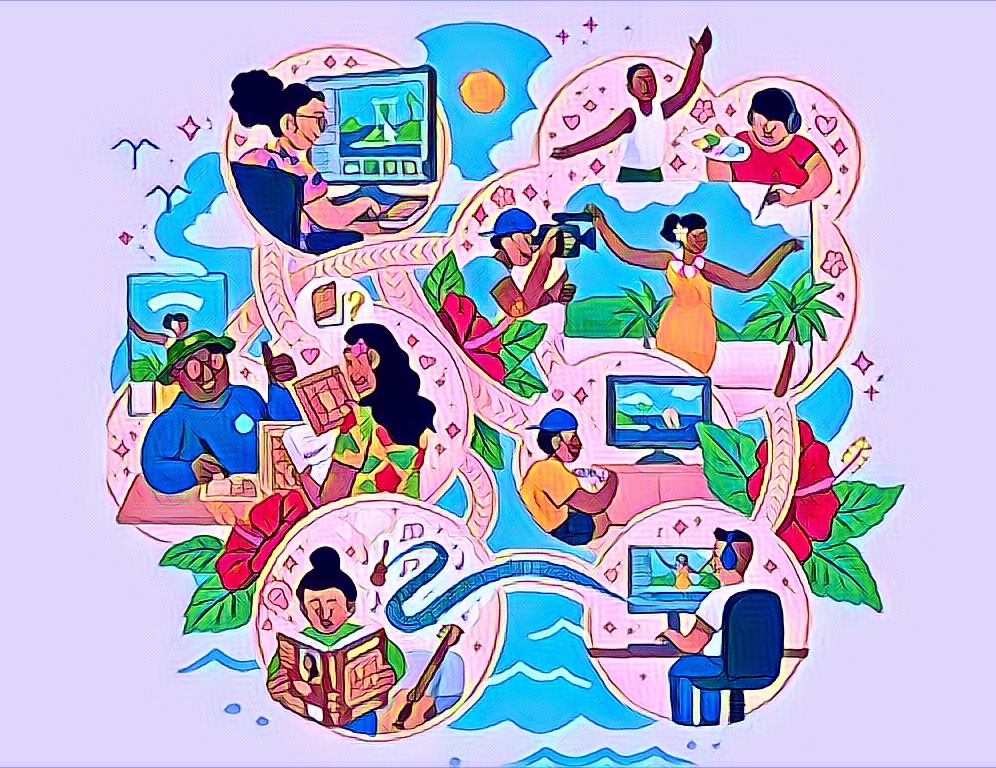A recent comprehensive survey undertaken by researchers Florence Majachani, Ayeta Wangusa, and Professor Albert Makochekanwa has cast a spotlight on the multifaceted challenges besieging the cultural and creative sectors in Zimbabwe. This pivotal study, a collaborative effort between the International Labour Organisation (ILO) and the United Nations Educational, Scientific and Cultural Organisation (UNESCO), under the auspices of the Regional Creatives for Development initiative, aimed to unveil the nuances of informality within these sectors. Its findings are a clarion call for a concerted effort to bridge the glaring gaps, enhance artistic freedom, and cultivate an environment conducive to decent work.
The research paints a stark portrait of the informal cultural and creative economy, marred by a myriad of challenges that undermine its potential as a vibrant conduit for socio-economic development. Among the most pressing issues is the pervasive low income levels across the sector, a direct reflection of the survivalist approach that has become a hallmark of this economic segment. Artists, driven by the urgent need to provide for their immediate family needs, often find themselves compelled to sell their creations at prices significantly lower than the market value. This practice is particularly prevalent among practitioners in the crafts and visual arts sub-sectors, underscoring the acute economic precarity that defines their professional existence.
Compounding the sector’s woes is the entrenched patriarchal system that stifles women’s opportunities, coupled with an economic downturn that has severely curtailed the public’s disposable income for art purchases. The gender disparity is starkly evident in music and live performance jobs, where women’s participation is curtailed by exploitation and a lack of support systems and skills development opportunities. Similarly, the film sector languishes due to feeble investment, while theatre, bands, and dance groups grapple with the absence of defined workspaces, relying on donor funding for renting or owning spaces.
Financial exclusion and an over-reliance on donor funding emerge as other key characteristics of the informal culture and creative economy. The challenge of accessing this funding, exacerbated by limited information and the requisite skills to effectively respond to funding calls, further entrenches the sector’s vulnerabilities.
The study also sheds light on the physical and safety risks associated with non-standardized workspaces. Many music groups, for instance, hire rehearsal spaces on a budget, compromising not only the quality of their rehearsal time but also their safety and health. Anecdotal evidence of workplace accidents during shows, although not fatal, underscores the precarious conditions under which many in the sector operate.
Interestingly, the survey underscores the paradoxical situation where, despite low educational attainment being generally associated with participation in the informal economy, poverty has nudged even the educated into the creative and cultural industry’s informal sectors. This phenomenon highlights the broad-based appeal and inclusivity of the sector, albeit underscored by a narrative of economic desperation.
Despite these daunting challenges, the study reaffirms the cultural and creative sectors’ integral role in driving economic growth, development, and employment creation. Beyond their commercial value, these sectors are pivotal in promoting social cohesion, enhancing community resilience, and facilitating connections to diverse cultural expressions. In Zimbabwe, their contribution to employment generation is particularly noteworthy, with the Zimbabwe National Statistics Agency’s 2023 second quarter Quarterly Labour Force Survey indicating that approximately 0.6% of employed individuals work within the arts, entertainment, and recreation industries.
This baseline survey not only illuminates the pressing issues confronting the cultural and creative sectors but also underscores the urgent need for strategic interventions. By addressing the identified gaps, there exists a profound opportunity to harness the full potential of these sectors as engines of economic growth, social inclusion, and sustainable development. The findings call for a multi-stakeholder approach, encompassing government, the private sector, and civil society, to implement comprehensive strategies that promote artistic freedom, ensure decent work, and foster an enabling environment for the cultural and creative industries to thrive.
Source: Newsday


